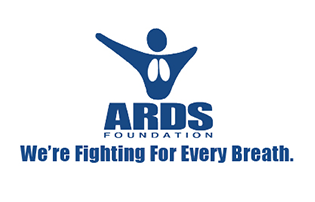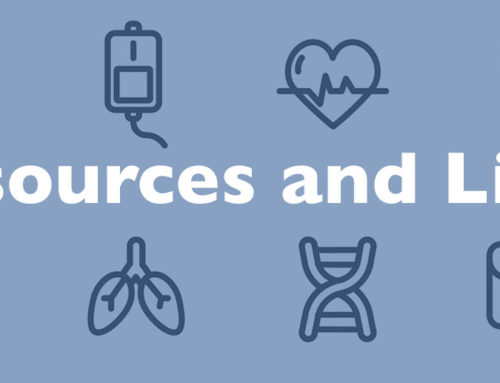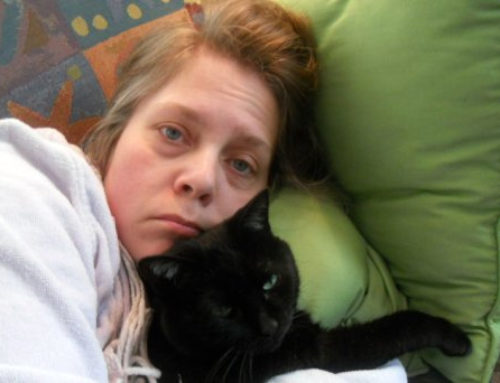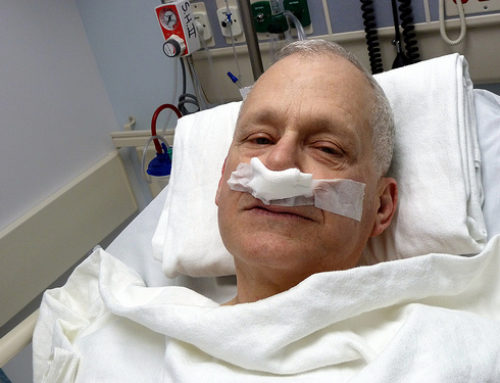DID YOU KNOW.
There are more cases of ARDS than breast cancer each year?
More people die from ARDS than breast cancer?
There are more cases of ARDS than AIDS in the US every year?
Far more die from ARDS than AIDS?
You cannot live with ARDS; you either live through it or you die.
Right now, there is no known prevention and no known cure.
Anyone can get it men, women and children.
What is ARDS?
ARDS Acute Respiratory Distress Syndrome is an acute illness that results in moderate to severe loss of lung function.
What causes ARDS?
The most common causes of ARDS are pneumonia, sepsis (an overwhelming infection in the body), aspiration of fumes, food or stomach contents into the lung, and trauma. These conditions cause the body to manufacture substances that may cause inflammation in the lungs. Once inflamed, the alveoli (air sacs) are then unable to perform the normal oxygenation of the blood.
New causes of ARDS are continually being reported with more than 60 different causes having been identified to date. Consequently, there is a dire need for continuing research as the medical community has barely scratched the surface in collecting and analyzing the relevant information.
Is ARDS common?
There are about 150,000 cases reported per year in the US.
WHAT ARE THE SYMPTOMS of ARDS?
Because ARDS can result from so many different causes, the symptoms can vary. Some of the most common are shortness of breath, cough with white/pink expectoration, and fatigue. Also important are the symptoms associated with the possible triggering causes of the disease. Examples of these include abdominal pain in pancreatitis; fever, cough, and breathlessness in pneumonia; and chills and lightheadedness in initial severe infections.
ARDS symptoms are so similar to pneumonia and congestive heart failure that diagnosis poses a great challenge to the physician. It is crucial that ample testing is performed to distinguish between these diagnoses, as each requires very specific treatment.
A number of different complications can occur with ARDS. Secondary bacterial infections are a common complication and contribute to continued lung injury. Infections may also occur in other parts of the body such as the bloodstream, urinary tract, sinuses, skin, or gastrointestinal tract. Trauma to the lungs due to mechanical ventilation can also occur. All of these symptoms must be treated on a case-by-case basis.
HOW DO YOU TREAT ARDS?
At the present time, there is no specific treatment for ARDS. Generally, however, patients require varying lengths of hospitalization, most often in the intensive care unit for help with breathing through a ventilator (oxygen therapy). Additional forms of treatment may include antibiotics, immunosuppressants, blood pressure supporting medications, tube feedings, and diuretics, which are used to reduce the fluid in the lungs.
After the patient is diagnosed, supportive treatment will be started or continued. Proper treatment includes pain control and sedatives to keep the patient calm and comfortable.
WHAT ARE THE POSSIBLE COMPLICATIONS FROM ARDS?
The underlying medical conditions that lead to ARDS often cause major trauma to other organs. The organs most frequently affected include the kidney (acute renal insufficiency), the heart, the liver (liver failure or shock liver), the brain, and the blood. Damage to these organs may complicate the care of the ARDS patient and require additional treatments.
What is the Survival Rate from ARDS?
Recent data show that about 40-50% of patients die from ARDS. These statistics have vastly improved from an 80% mortality reported in the past, when first described in 1967. Increased awareness, better understanding of the disease process, better control of the ventilator, and improved diagnosing and therapy have been responsible for the improvement in survival.
The severity and progression of the injury determine the degree of treatment. Other factors that may influence the course of the syndrome include age or the presence of underlying health problems. Young, previously healthy patients often recover well and the lung injury heals rapidly. However, patients with older age or underlying health problems may have a more severe course of illness. Further deterioration of their vital organ function and an inability to tolerate the organ damage may result in death.
What is life like after ARDS?
Recovery can be complete in ARDS survivors. The majority of patients have full recovery of lung function. The rate of recovery often depends on the individual patient. For some patients, there continues to be feeling of shortness of breath, fatigue, continued cough, or a continued need for oxygen therapy, which usually abates within the first year.








